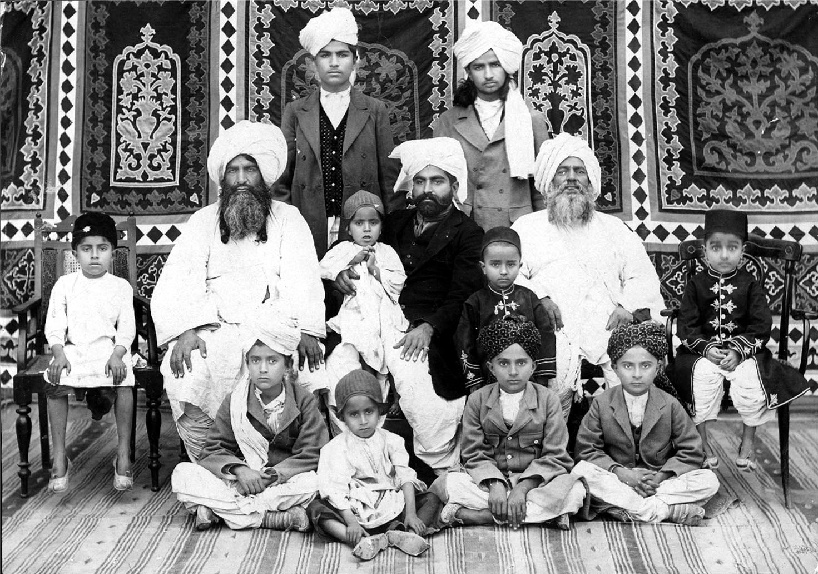ABOUT US
The Leghari Group has been a symbol of excellence, expanding its vision for decades. The Leghari Family has always worked towards giving back to the country, being of the firm belief that Pakistan can only develop when its people stand united against all threats and when the interests of Pakistan, are placed before all personal or tribal dividends. They consider their country has blessed them with respect and given them many public offices over the years so they strive to serve their country and community with integrity, hard work, tireless and selfless effort. The Leghari Group has served enthusiastically in politics and social welfare and consequently, contributed a great deal at present and historically to the Country and their respective region. They claim to exhibit professionalism in their work by engaging with stakeholders, academia, experts, and the public forum to possess and incorporate knowledgeable decision-making. They have done agriculture and personal business with corporate social responsibility. When one discusses the Leghari tribe, a name that pops up in one’s mind is Sardar Farooq Ahmad Khan Leghari who was President of Pakistan from 1993-1997. Although the Leghari tribe consists of prominent figures in the Air Force, Army, politics, Foreign Service, aviation, academia, and bureaucracy. Sardar Farooq Ahmad Khan Leghari is the most prominent persona having contributed greatly to Pakistan and his region in politics and civil service. As a politician he was known to be incorruptible; a man of impeccable principles and values. He contributed greatly in policy-making as Foreign Minister, Minister for Production, Minister for Water and Power, and President of Pakistan, and took challenging initiatives towards economic progress, agricultural and infrastructure development of Pakistan. In his personal capacity, he was relentless in laying the groundwork of an institutionalized form of charity and philanthropy that continues even today, years after his demise. In fact, many of his projects of the provision of interest-free loans, promotion of women’s education, and combat of malnutrition in the deprived strata of his tribe are expanding considerably.
HISTORY

The Legharis originate from the main branch of the Rind clan that settled in Balochistan after migrating from Aleppo, Syria in a huge caravan that traveled to Kerman where they stayed for several years and finally migrated to Baluchistan. The Rind tribe traces its genealogy from ancient Babylon from where they migrated towards the Arab region. They have Arab lineage and are said to have fought with the Prophet Mohammad’s P.B.U.H. grandson in Karbala. The Leghari region extends from Darra Khoro near Choti Bala to Darra Sakhi Sarwer. The main sub-tribes of the Leghari clan are Alyani, Hadyani, Heytani, Kaloi, Ahmedani, Bughlani, Bijrani. The Chief family is Alyani Leghari.
In the 16th century, the Leghari clan migrated towards South Punjab from Barkhan in Balochistan, where they ruled. Historically, when the Mughal emperor Hamayun waged war against Sher Shah Suri to get his Kingdom back, Mir Chakkar and Mir Rindo Khan Leghari helped him. Mir Chakar settled in Sahiwal, where his mausoleum is present even today. Mir Rindo Khan on his way back to Barkhan conquered Choti Zereen Bala in 1556. He is referred to as the first conqueror of Choti Zereen Bala. One part of the Leghari tribe called the “Talpurs,” migrated to Sindh and conquered the Kalhors in 1772 to form a government. When the Durrani Empire was eliminated in 1842, The Leghari’s fought against the Sikhs, retreated to Barkhan, and came back to Choti Bala after forming a political alliance with the Sikhs. In 1815, Muhammad Khan Leghari Tumandar died. His cousin Rahim Khan Leghari announced himself to be the Tumandar Sardar. With the Mazari’s help, Muhammad Khan Leghari’s heirs regained their Tumandar Sardari and exiled Rahim Khan. Rahim Khan took sanctuary with the Nawab of Bahawalpur and was awarded land in Rahimabad.
The Leghari Sardars were always interested in the development of their region. It is documented in Chiefs and families of Note in the Delhi, Jalhander, Peshawar and Derajat Divisions of Punjab and The Panjab Chiefs by Lepel Henry Griffin, that Nawab Jamal Khan Leghari, in the late 1800s, built the Dhundi, Manka, and Nur-canal extension schemes and the Karez at Choti Bala for irrigation. The British got upset with him. However, in 1875/76 Nawab Jamal Khan had a meeting with Sir Robert Sandeman, who was the Deputy Commissioner D.G.Khan and was awarded all his titles back. In 1881, Mohammad Khan Leghari became Sardar and Nawab. He was known for his generosity. It is said he would feed orphans and homeless people morning and evening at his langar. He was also known for his hospitality. In 1896, he passed away. As his heir, Jamal Khan Leghari was a child at that time, he became a ward of the Court, and his Uncle, Sardar Tagay Khan became his guardian. He died soon after in 1905 and his brother Deen Mohammad Khan became the guardian Tumandar. He also was titled, Khan Bahadur. Sardar Jamal Khan Leghari got his Sardari and Tumandari back as soon as he became an adult. He was well educated and intelligent and introduced many reforms in the region. His first step after his entitlement was to convert the first Madrassah of Choti into a Middle School. He also set up a hostel where boys from the Koh-e-Suleman range could live to acquire education. He led a conference for District education every year. He eliminated the traditional form of tribal property and land distribution. In this system, the entire land revenue of the region in the reign of the Sardar would go to the coffers of the Tumandar. He reformed this system and brought about the Islamic Property Law in which people could own property and pass it on according to Islamic Laws. In this way, women were given a right to inheritance also. He was awarded the title of, ‘Sir’ in cognizance of his vast services to his tribe. He died in Rome. After Sir Jamal Khan Leghari’s demise his son Mohammad Khan Leghari became the Sardar. He was awarded the title of, ‘Khan Bahadur.’ He became a minister and had the Main D.G.Khan canal built. The magisterial power of the Sardars was abrogated in his time. The next Chief of the tribe was Sardar Farooq Ahmad Khan Leghari who became the President of Pakistan from 1993-1997.
